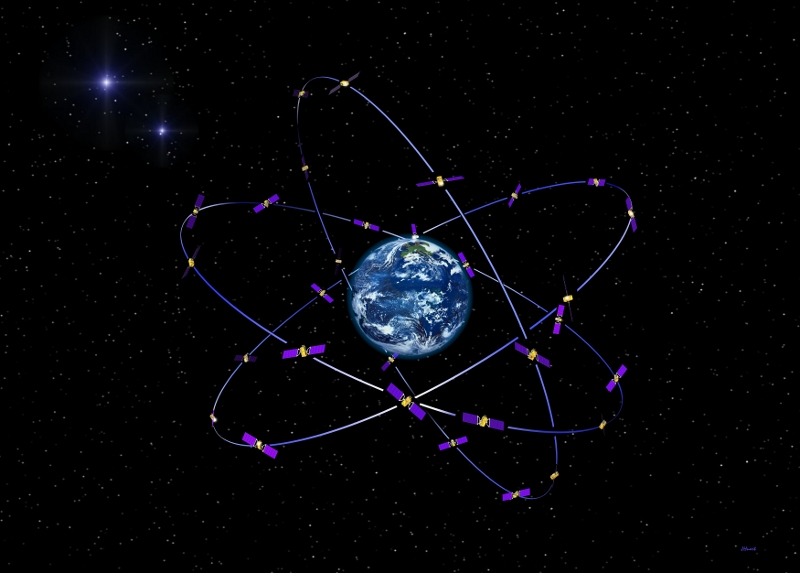
The European Global Navigation Satellite System (GNSS) is called Galileo. Credit: ESA
Facilitated by Global Navigation Satellite Systems such as GPS, a wide and growing set of applications associated with positioning and navigation is opening up. Geodesy provides the foundation on which all Earth observation systems are built. In this function, geodesy is essential for Earth observation just like the foundation and frame of a house are necessary to keep it stable over time. But modern geodesy does more: with its three pillars of geokinematics, Earth gravity field, and Earth rotation, it also provides comprehensive observations of changes in the Earths shape, gravity field and rotation.
The International Association of Geodesy initiated the Global Geodetic Observing System (GGOS). GGOS is comprised by, among others, several geodetic services.




Comments